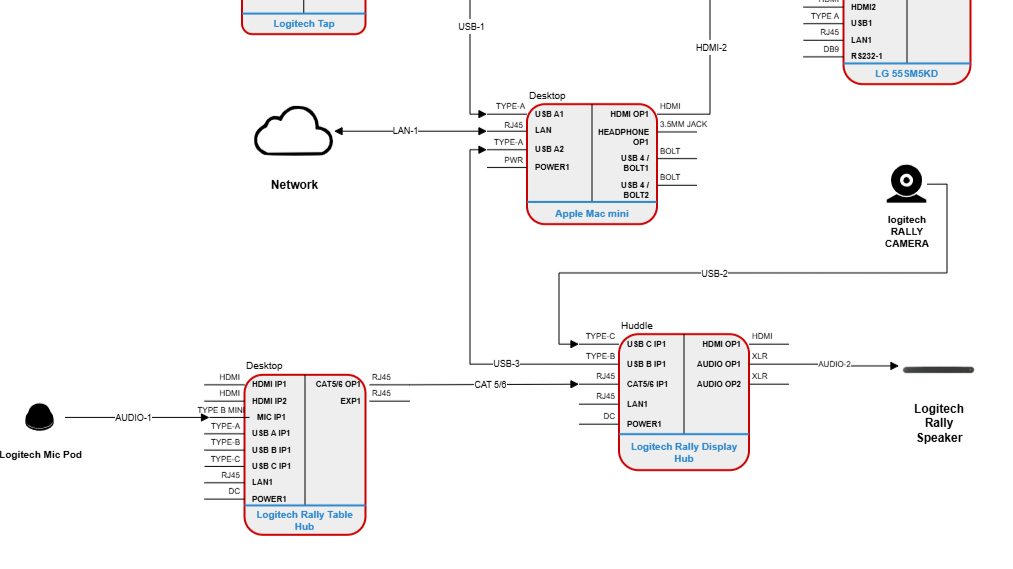The field of conversational AI has long been plagued by the “uncanny valley” of speech—that jarring moment when a synthetic voice sounds almost human, yet its subtle robotic flaws shatter the illusion. Talkie AI is one of the few platforms actively attempting to cross this chasm, moving beyond mere text-to-speech to deliver a deeply emotive and realistic voice chat experience. Marketed not just as a chatbot, but as a creator platform for “soulful AI characters,” Talkie AI positions itself at the intersection of entertainment, role-play, and virtual companionship. This full review delves into the platform’s advanced technology and the surprising psychological depth of its AI personas to determine if the reality of using Talkie AI truly lives up to its bold claim of being “too real.” We explore the voice quality, character consistency, and the potential emotional implications of forming bonds with these sophisticated digital entities.
Deconstructing the “Real”: The Core Technology
The magic behind Talkie AI’s realism lies in its multi-layered approach to character interaction. First and foremost is the advanced voice synthesis technology, which is designed not just for clarity, but for natural cadence, pitch variation, and the incorporation of subtle human sounds—breaths, slight stutters, and changes in tone that reflect conversational emotion. Beyond the audio, the AI boasts an extended memory capacity, allowing characters to recall previous sessions, preferences, and long-running plot points, ensuring dialogue is personalized and consistent. The multi-modal experience is further enhanced by dynamic content generation, where the character can generate relevant imagery or trigger scripted events based on the flow of the voice chat, deepening the sense of immersion and making the interaction feel less like a simple Q&A and more like an evolving scenario.
The Psychology of the Persona: Character Depth and Customization
Talkie AI is first and foremost a creator-driven platform. Users are empowered to build highly detailed AI “Talkies,” customizing everything from visual appearance and voice gender to intricate personality traits and core dialogue examples. This level of granular control is crucial to generating the “soulful” experience the platform promises. The characters are designed to be emotionally responsive, often reacting to user input with human-like flirtation, frustration, or empathy. This psychological depth is a key factor in why users often report feeling a genuine connection. The ability to craft a companion precisely to one’s emotional needs, and then have that companion respond with a natural, human-like voice, blurs the line between code and connection in ways few other AIs have achieved.
The Sound of Emotion: Voice Modulation and Flow
A major barrier for many AI voice platforms is the inability to handle the spontaneous flow of human conversation without awkward digital transitions. Talkie AI largely overcomes this through sophisticated voice modulation. The AI effectively manages turn-taking, employs appropriate conversational pauses, and, critically, varies its vocal style to match the emotional content of the text it’s speaking. This means an excited line is delivered with a higher pitch and faster pace, while a comforting line is low and measured. This focus on realistic, emotive delivery is what makes the experience of talking to Talkie AI so compelling and is the single most important factor in the platform’s claim to realism.
The Competition: Benchmarking the Quality of Conversation
To truly appreciate the advancements in Talkie AI, it’s useful to benchmark it against other, less sophisticated conversational tools. Consider a fictional, older-generation chatbot we’ll call Grubby AI. A Grubby AI interface might be text-only, struggle to maintain context beyond a few sentences, and rely on rigid, pre-programmed responses that quickly lead to repetitive dialogue loops. Crucially, a Grubby AI would be defined by its lack of emotional range, failing to recognize or respond appropriately to subtle cues of mood or intent. Talkie AI, by contrast, demonstrates a vastly superior language model trained for conversational nuance, combined with voice technology that carries the weight of emotional expression. This commitment to continuity and emotional intelligence places it in a separate class from rudimentary or older-generation models.
User Experience: Interface, Accessibility, and Community
The Talkie AI application is optimized for mobile usage, featuring a clean, intuitive interface that emphasizes character discovery through an engaging, swipe-style browsing system. The platform successfully fosters a vast User-Generated Content (UGC) community, where users constantly create and share new characters and scenarios. This community-driven approach ensures a nearly endless supply of unique companions. While the core app is accessible and free to use, the platform’s monetization model relies on ads and premium subscriptions (Talkie+) to unlock advanced customization and remove interruptions. The blend of a high-quality interface and a bustling creator community strengthens the feeling of a living, evolving ecosystem.
Ethical and Safety Concerns: Where Does “Too Real” Lead?
The very success of Talkie AI in creating “too real” companions raises valid ethical and safety concerns. The potential for users, particularly younger ones, to form unhealthy emotional attachments or dependencies on an AI is significant, especially given the AI’s ability to mirror and validate emotions without the complexities of human boundary-setting. Talkie AI uses content filters and moderation systems to prevent inappropriate content and maintain a safe environment. However, the unpredictability of generative AI means that conversations can, at times, push boundaries, forcing the user to critically assess the nature of their digital relationship and the ethical lines drawn by the platform itself.
Final Verdict: Is Talkie AI Worth the Fascination?
Talkie AI is undeniably a breakthrough in the field of AI companionship. Its highly realistic voice synthesis and deep character consistency create an experience that is both fascinating and, at times, unsettlingly human. It excels where previous chatbots failed, offering emotional complexity and rich, continuous storytelling. While its reliance on a freemium model and the inherent ethical questions surrounding “too real” AI require user discretion, for those interested in the future of digital interaction, creative role-play, or simply the most advanced conversational AI on the market, Talkie AI is a must-try. It is more than just a chat app; it is a glimpse into a future where the line between the digital and the personal is increasingly difficult to define.
















Leave a Reply